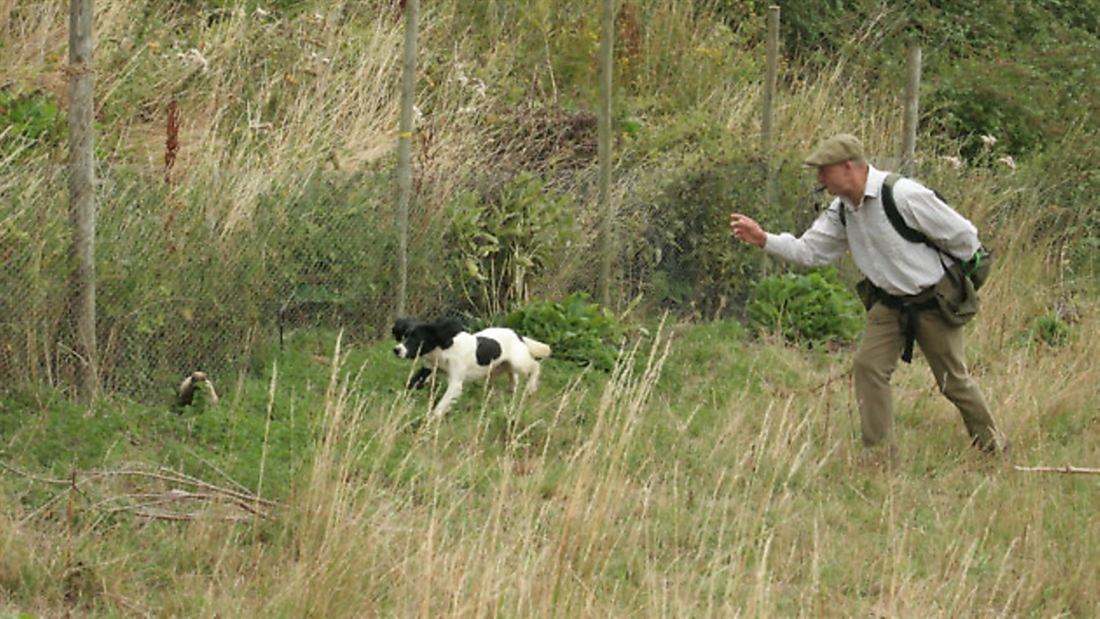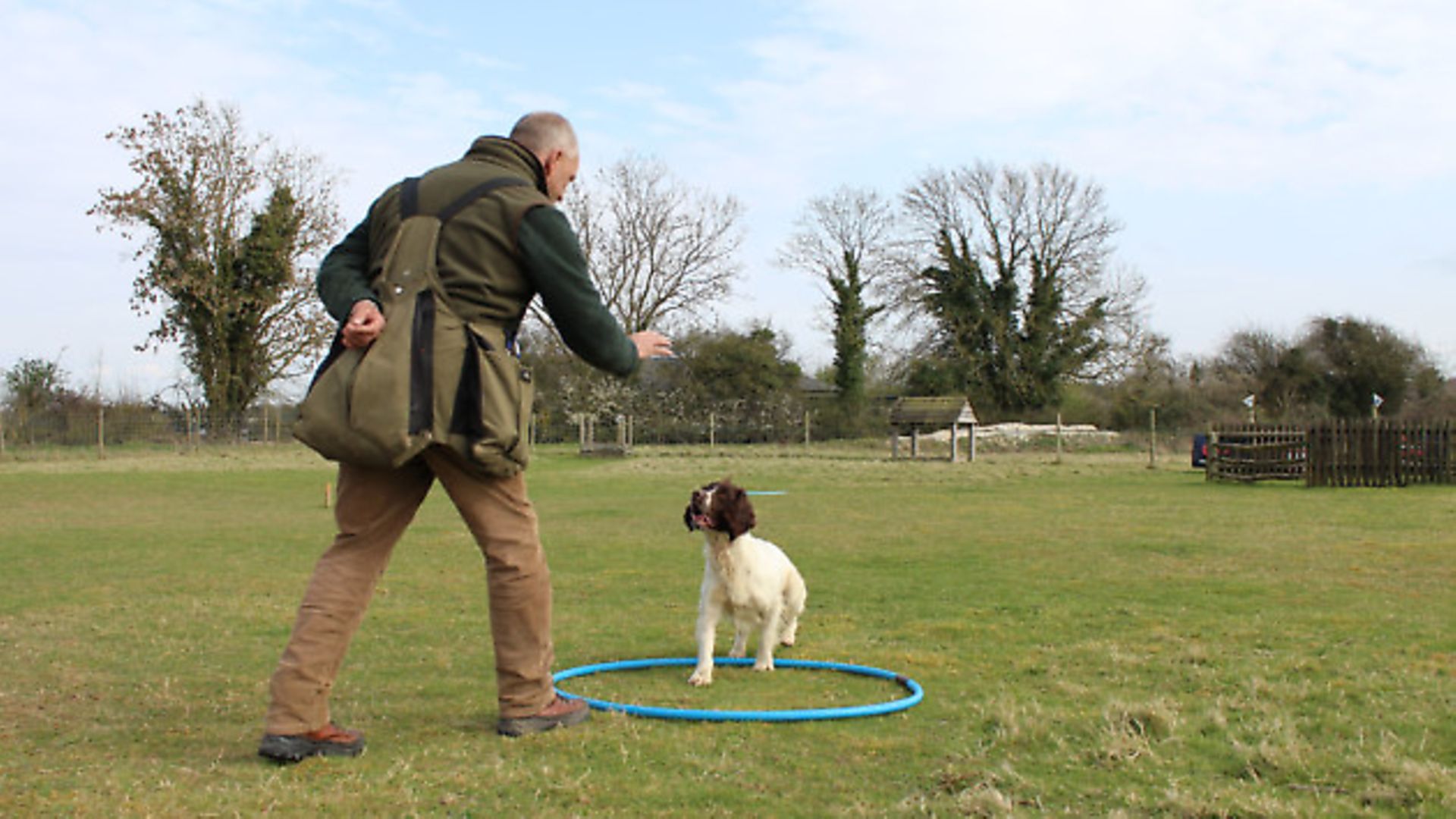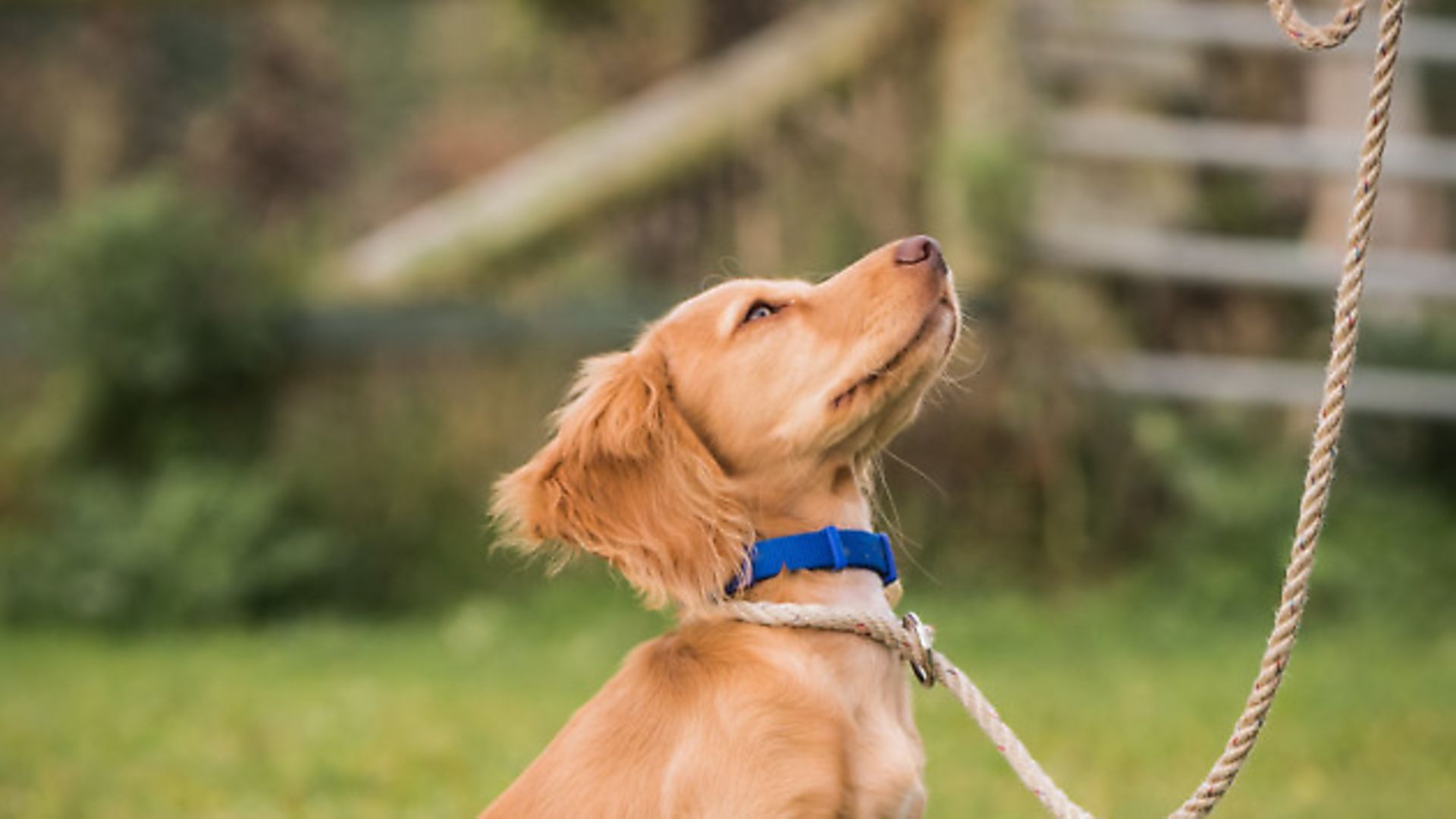Reward based training VS negative/reprimand

Should you only use positive, reward-based reinforcement when training your gundog? Or does negative reinforcement or reprimand have its place too? Howard Kirby tells us his views

My purpose in this article is to get us all thinking about how we train our dogs: the techniques, planning and, in particular, how, where and if we should be using any form of correction during the dog’s education. As time, science and our general understanding of the art of teaching all creatures, both humans and animals alike, improves, there is no doubt in my mind that best results are achieved in a positive learning environment. That’s hardly statement of the year, as even the ‘old school’ among us recognise the need for reward and praise, but is it possible for us to produce a dog that is able to work to the extremely high standards required of it in the shooting field without any corrections at all? Personally, I have yet to witness this being achieved!
Already I feel you reaching for your keyboards in an effort to ‘put me straight’ (for your information my mum gave up when I was a youngster and, believe me, she’s good). As you read this article, please stay as open-minded as possible as my objective is not to preach but for us to think, explore and, if nothing else, evaluate how we each approach our dog training.
There are endless online forums where there is huge discussion and unfortunately some really unpleasant exchanges of ideas as to what constitutes a negative correction, ranging from the word ‘no’ to physical correction. And thank goodness, for as long as we question and discuss how we do things, the more chance we get to develop and improve. I just struggle with the nasty side of some of these so-called discussions. One thing I did learn from my mum was: “If you’ve got nothing nice or kind to say it’s probably best that you keep it to yourself.”
Reward vs reprimand
Let’s get into the practical side of things and start with a list of some of the ways to reward your dog. These can include: verbal praise, e.g. ‘good’; a smile, which would generally be accompanied by soft body language; a food reward; and a dummy/toy/bird/retrieve/hunting session.
On the disapproving or correctional side of training, many of the recognised techniques are quite simply the opposite to the rewards, i.e. verbal chastisement, e.g. ‘no’; a cross face, which would generally be delivered with dominant body language; the withholding of a food reward or a dummy/toy/bird/retrieve or hunting session; or maybe a physical tap or poke.
The above lists are very basic. There are other techniques and many other subtleties that we can use and employ. I have chosen these as they are the time-honoured techniques and most readily available and recognised. Essentially, if you are to communicate with your dog, timing is essential; you must ask yourself, what is the dog doing or thinking right now? If I reward him while he is doing this then he is more likely to repeat this behaviour. If there is no reward or something unpleasant happens then he is less likely to repeat the behaviour.
Witholding rewards
So, straight away I have listed two very different approaches to correcting an unwanted behaviour, the first being to withhold the reward. A great example of this is when we are target training using Mullenscote’s hoop system. The dog is taught that if he sits quietly in the hoop he receives a food treat; we teach handlers to use the word ‘good’ followed by the food reward. The ‘reward marker’ (the word ‘good’) is given as the dog sits with all four paws inside the hoop. If, for example, one or more of his paws are not inside the hoop, or he has not conformed to sitting on his bottom while focusing on our face, we simply withhold the reward until this is achieved. The timing of the next bit (the reward) is essential; by withholding the reward the dog has to figure out what he needs to do to get the reward. He is now trying to work out how to achieve this. The amount of quality training the dog has had will determine how difficult this problem is for him. As soon as he gets it right, we use the marker word ‘good’ followed by the food reward. The dog will quickly and accurately work out what is required.
‘Negative’ corrections
So that’s one method of correcting/training: the dog has to offer us the behaviour that we’re looking for. Let’s assume exactly the same training environment of hoop, dog and training objective. And, as an alternative for comparison, once again the dog has left a paw out or is not sitting and focusing on us. This time he is attached to a lead; we can use the lead to ‘check’ him and firmly insist that he sets himself up properly. The moment he is in the correct position we say ‘good’ and you might choose to reinforce the ‘good’ with food. This method obviously relies on something relatively unpleasant happening until the dog gives you what you want, and might be labelled as a negative correction.
I hope these two very different styles of teaching clearly describe the differences in technique. The first relies on the dog figuring out what he needs to do and then offering the behaviour, effectively correcting himself. The second requires the handler to demonstrate to the dog what is required, using the lead to bring the dog back into position. So is there a preferred method? Is one better than the other?
During initial training I prefer to use the first technique because the dog has to use his brain and figure out for himself just how to get the reward. I believe that this ensures the dog has a clear understanding of what he, as a predator, has to do to get prey (food) in his mouth. With the second method, it could be argued that he’s offering the behaviour to avoid correction.
Combination method
Okay, so if we decide to go with the first technique, we need to cover a scenario when either the distraction away from the hoop looks more rewarding than the food reward you are offering him, or he simply gets fed up and doesn’t want to carry on. What do we do now? This is where I blend together technique one and two. Firstly, we need to ensure that the dog fully understands what he has to do. Then, we effectively say to the dog: ‘Hey you! That “come, sit, watch me, stay” thing that we were doing, it’s the law, you know; when I say, “Sit” you have to do it.’ Using your body language, possibly a tap or a poke, or the use of the lead, ensure that he neither puts his paws outside of the hoop or attempts to leave it. If we are accurate, clear and consistent then the dog will have understood what the hoop is all about and we’ll be ready to move forward with training.
Are we clear?
When living and working with a dog, what we all wish to achieve is a well-trained, obedient, and happy canine companion. I believe that to achieve this we need to establish clear rules and boundaries. During training, we must do everything possible to encourage the dog to offer and give the behaviours we need from him to ensure he is enjoyable and safe to be around.
In my opinion, if we are to train a dog using correctional techniques then these need to be thoroughly considered before use to ensure that any corrections given are ‘effective corrections’, meaning the dog thoroughly understands what it is you don’t like and subsequently offers the behaviour you require. Therefore, he can choose to avoid correction. Provided there is a clear understanding then the dog is able to function happy in the knowledge that as long as he keeps to the rules then he has no need to be unsure or wary of you.
In conclusion, being told what you are and are not allowed to do when living as part of a human or canine group is part of day-to-day life and essential for successful coexistence. Provided someone clearly explains to you what is expected then we and our dogs can happily choose to conform. Getting this right all of the time is difficult, but we owe it to everyone – dogs and humans – that we live with to ensure they feel confident, happy and safe around us. This then allows everyone to perform to the best of their ability. Keeeeeep training, have fun and be nice to each other!








